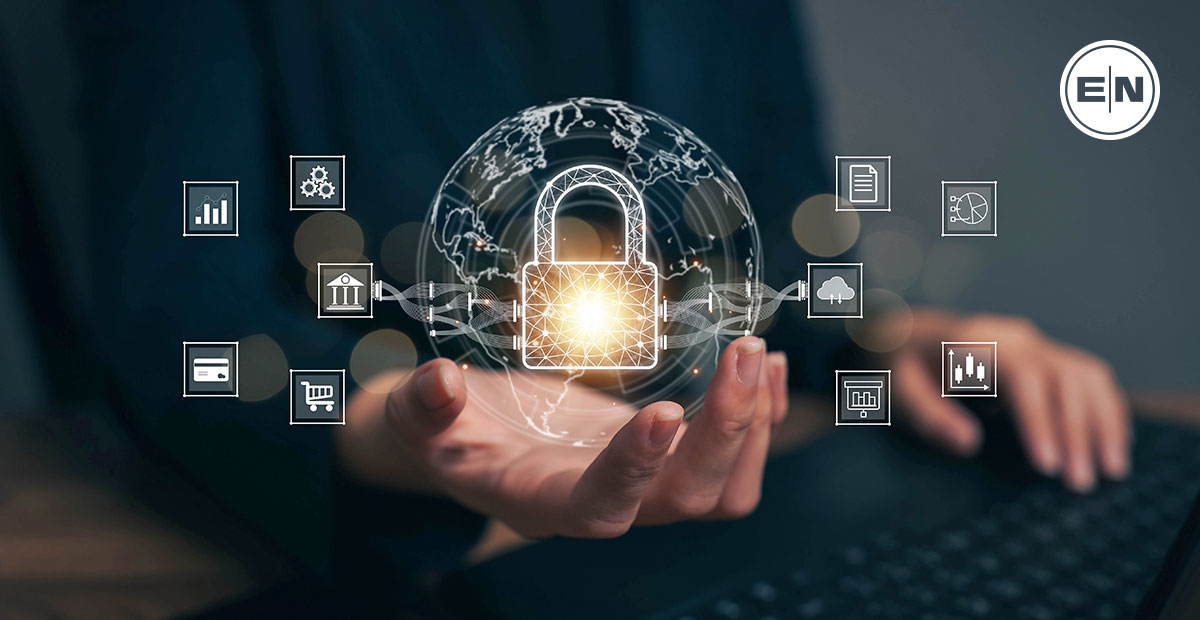What is Endpoint Monitoring?

A cyberattack is something business owners dread, so it is crucial to take steps to ensure this does not happen. Protecting your business systems and ensuring they are not vulnerable to an attack is vital. But, knowing the best way to protect your data from a cyber attack can be a significant challenge. The threats posed by cybercriminals continually evolve, and the methods used to breach data are increasingly sophisticated. Staying ahead of hackers is the ideal scenario, but this can seem almost impossible to achieve. Endpoint Security Monitoring is a popular method of protecting businesses.
What is Endpoint Monitoring?
Endpoint monitoring is the act of tracking and analyzing cybersecurity threats. Each additional endpoint added to your network increases the risk of a cyberattack and can introduce other vulnerabilities in your cybersecurity. Monitoring these endpoints helps to protect against the risk of malicious attacks.
Types of Endpoints
An endpoint is any device that connects with your networks, such as a laptop, phone, or desktop computer. These endpoints may be your company’s property, or they could be employee’s personal devices that are used to access your systems.
How to Monitor Endpoints in Real-Time?
To get meaningful results from protecting your endpoints, it is essential to use real-time endpoint monitoring. Using a managed service provider and reliable endpoint detection response security service will help you monitor your endpoints in real-time and ensure your business stays protected. Using continuous endpoint monitoring will enable you to monitor the endpoints in real time and track threats as they occur.
Systems continually collect data and monitor activity to monitor the endpoints in real time. Suspicious activity is then immediately acted upon. Depending on the endpoint security systems you use, you should be able to get potential cyber-attacks under control fast. Most endpoint monitoring systems offer immediate automated responses to cyber threats, which helps to keep the threat under control. This means that potential threats are analyzed, recorded, and contained automatically as they happen.
Why should you use it?
As cybercrime is increasing and a growing number of businesses encourage employees to bring their own devices to work, the chances of falling victim to a data breach are constantly rising. The combination of these issues prevents an elevated threat. The more endpoints introduced to your business networks, the more vulnerable you are to adding a potentially severe threat to your network. Endpoint monitoring helps to expose these potential threats before anything seriously breaches your cybersecurity.
Due to these increased risks, businesses need to do everything they can to protect themselves, and endpoint security monitoring helps to address these vulnerabilities.

Benefits of using Endpoint Monitoring
Your company may have anti-virus software to protect your network, but this may not detect viruses before they cause damage. This is something that can be achieved by using endpoint monitoring.
Monitoring endpoints enables your business to take a proactive rather than reactive approach to your cybersecurity by identifying threats before they happen or while they take place. This allows action to be taken fast to prevent large-scale data breaches and malicious attacks.
Endpoint enables you to build helpful insights and gain a clear picture of threats to your organization’s cybersecurity. The large-scale data captured by monitoring facilitates these insights and builds a clear picture of potential threats.
Advantages of Endpoint Monitoring
There are many advantages associated with using endpoint monitoring. Here are some of the main benefits:
- It provides a continuous system of protection.
- Powerful insights into potential threats can be identified through endpoint monitoring.
- It offers the ability to deal with threats automatically.
Disadvantages of Endpoint Monitoring
While there are many reasons to use endpoint monitoring in your business, you may need to overcome a couple of disadvantages. Here are a couple of examples:
- Endpoint Security monitoring is often not suitable as a standalone method of protection. Additional cybersecurity features such as anti-virus software may also be needed to gain the highest level of security.
- The large amounts of data gathered by endpoint monitoring may seem overwhelming, and you could detect false positives among the vast amount of captured data.
Conclusion
Endpoints can present an increased vulnerability to your systems and make it easier for malicious attacks to take place. While you may have enhanced cybersecurity on your network, individual endpoint devices may not offer this enhanced level of protection, creating a weakness in your systems that could be exploited.
Success endpoint monitoring facilitated by a managed service provider can identify threats and resolve them quickly.
Why choose ExterNetworks?
ExterNetworks has been providing Managed Endpoint Security Services since 2001, helping customers across all industries protect themselves against advanced targeted attacks. We have extensive experience working with large enterprises, SMEs, and government agencies, including:
- Financial services companies
- Healthcare providers
- Retail businesses
- Government departments
Our approach combines our own unique blend of technical skills and industry knowledge with proven methodologies and practices developed over many years. Our goal is simple – we want you to succeed!





